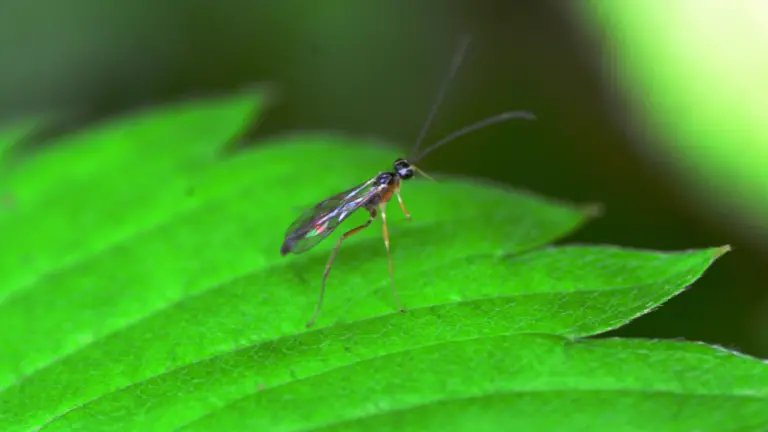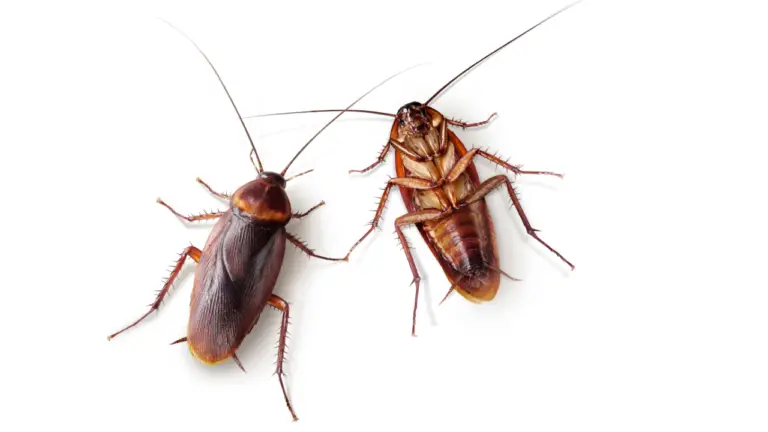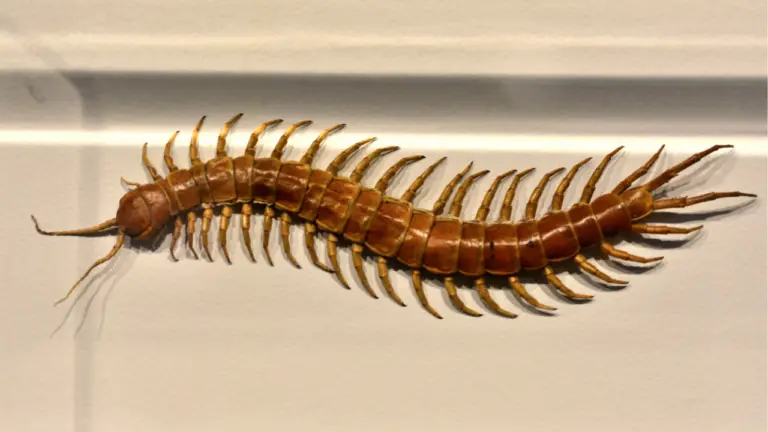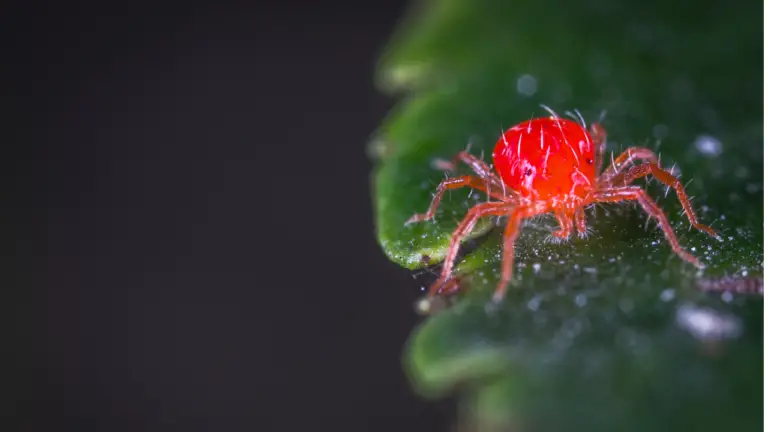10 Ways To Get Rid Of Whiteflies
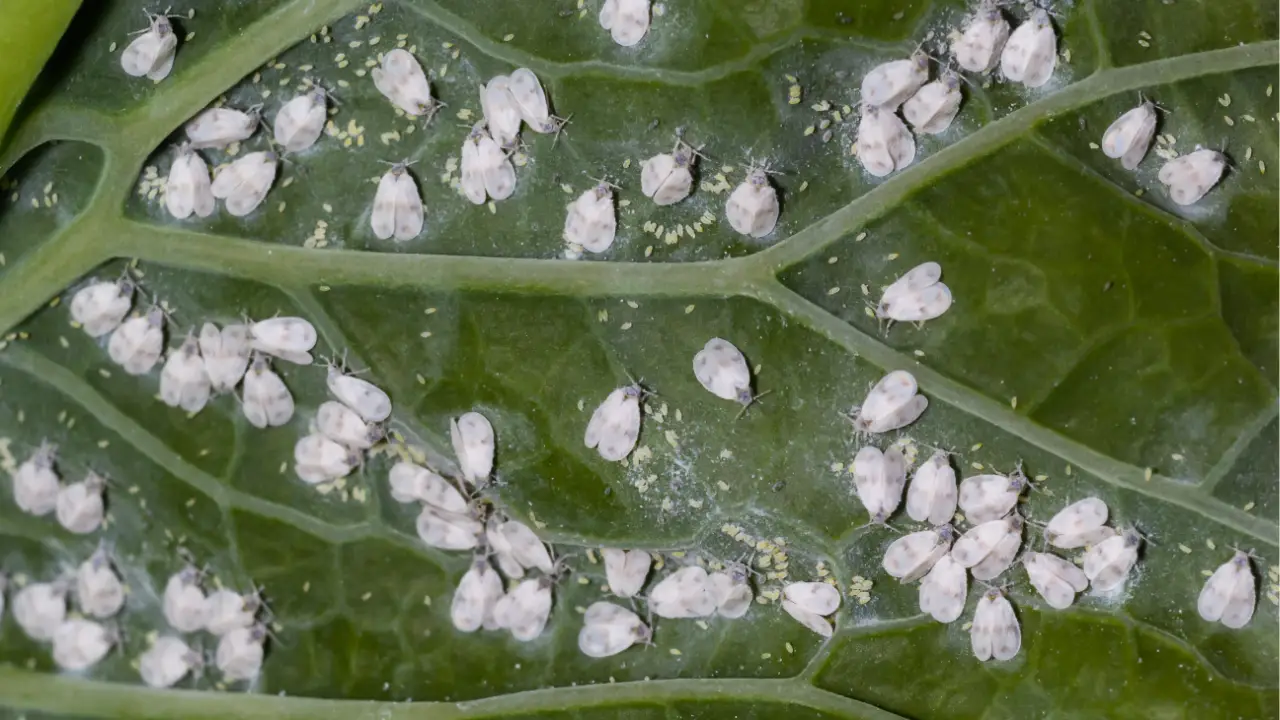
Whiteflies are tiny, sap-sucking insects that can wreak havoc on a variety of plants, both indoors and outdoors. These pests are particularly problematic because they reproduce quickly and can spread diseases. If left unchecked, whiteflies can cause significant damage to gardens, greenhouses, and houseplants. Fortunately, there are several natural methods to effectively control and eliminate whiteflies. This guide will explore ten natural solutions to help you manage and eradicate these persistent pests.
How to Get Rid of Whiteflies: A Comprehensive Guide
1. Neem Oil
Neem oil is an organic insecticide derived from the neem tree. It disrupts the life cycle of whiteflies, preventing them from feeding and reproducing.
To use neem oil, mix it with water according to the instructions on the bottle, and apply it to your plants using a spray bottle. Ensure you cover both the tops and undersides of the leaves, as whiteflies tend to hide on the undersides. Repeat the application every seven to ten days until the infestation is under control.
2. Insecticidal Soap
Insecticidal soap is another effective, natural method for controlling whiteflies. This soap works by penetrating the insect’s outer layer, causing dehydration and death.
To use insecticidal soap, dilute it with water as per the manufacturer’s instructions and spray it directly onto the affected plants. Like neem oil, ensure thorough coverage of the leaves, especially the undersides. Reapply the soap every few days until you no longer see signs of whiteflies.
3. Yellow Sticky Traps
Yellow sticky traps are a non-toxic way to catch and monitor whitefly populations. Whiteflies are attracted to the bright yellow color and become stuck to the adhesive surface.
Place these traps near the affected plants, either hanging them or positioning them on stakes. Regularly check and replace the traps as they become covered with insects. While sticky traps won’t eliminate an infestation on their own, they are a useful tool for reducing numbers and monitoring the effectiveness of other control methods.
4. Companion Planting
Companion planting involves growing certain plants together that can help deter pests. In the case of whiteflies, planting marigolds, nasturtiums, or basil can help repel them.
These plants either produce chemicals that whiteflies find unattractive or attract beneficial insects that prey on whiteflies. By strategically planting these companions near vulnerable plants, you can create a natural barrier against whiteflies and reduce their numbers.
5. Introduce Beneficial Insects
Introducing beneficial insects, such as ladybugs, lacewings, and parasitic wasps, can help control whitefly populations. These insects prey on whiteflies, reducing their numbers naturally.
You can purchase these beneficial insects from garden centers or online. Release them in your garden or greenhouse, ensuring you follow the recommended guidelines for introduction and care. Over time, these predators will help keep whitefly populations in check.
6. Garlic Spray
Garlic has natural insect-repelling properties and can be used to create a homemade spray to combat whiteflies.
To make garlic spray, blend several cloves of garlic with water and strain the mixture to remove any solids. Add the garlic-infused water to a spray bottle and apply it to the affected plants, covering all surfaces. The strong smell of garlic deters whiteflies, making your plants less attractive to them.
7. Water Spray
Sometimes, a simple water spray can be effective in reducing whitefly populations. The force of the water knocks the insects off the plants and can disrupt their life cycle.
Using a garden hose with a spray nozzle, thoroughly spray the affected plants, focusing on the undersides of the leaves. Repeat this process every few days to keep the whiteflies at bay. This method works best for light infestations and as part of an integrated pest management strategy.
8. Diatomaceous Earth
Diatomaceous earth is a natural powder made from the fossilized remains of tiny aquatic organisms. It works by damaging the exoskeletons of insects, causing them to dehydrate and die.
Sprinkle diatomaceous earth around the base of your plants and on the soil surface. Be sure to use food-grade diatomaceous earth and avoid inhaling the dust. Reapply after watering or rain to maintain its effectiveness.
9. Reflective Mulch
Reflective mulch, such as aluminum foil or silver-colored plastic, can help deter whiteflies by confusing them with its reflective surface.
Lay the reflective mulch around the base of your plants, covering the soil. The reflections from the mulch can disrupt the whiteflies’ navigation and make it harder for them to locate host plants. This method also helps retain soil moisture and suppress weeds, providing additional benefits to your garden.
10. Horticultural Oils
Horticultural oils, such as mineral oil or vegetable oil, can be used to smother whiteflies and their eggs. These oils create a coating on the insects, blocking their breathing pores and leading to suffocation.
To use horticultural oils, mix them with water according to the instructions and spray the solution onto the affected plants. Ensure thorough coverage of the leaves, especially the undersides. Reapply as needed, typically every seven to ten days, to maintain control over the whitefly population.
Conclusion
Managing whiteflies can be challenging, but with persistence and the right natural methods, it is possible to keep these pests under control. By combining different approaches, such as using neem oil, insecticidal soap, yellow sticky traps, and beneficial insects, you can protect your plants from damage and enjoy a healthy, thriving garden. Regular monitoring and timely intervention are key to preventing whitefly infestations and maintaining plant health.

